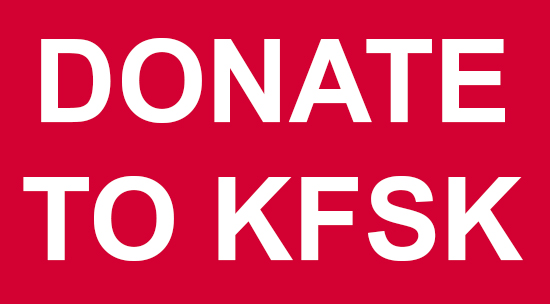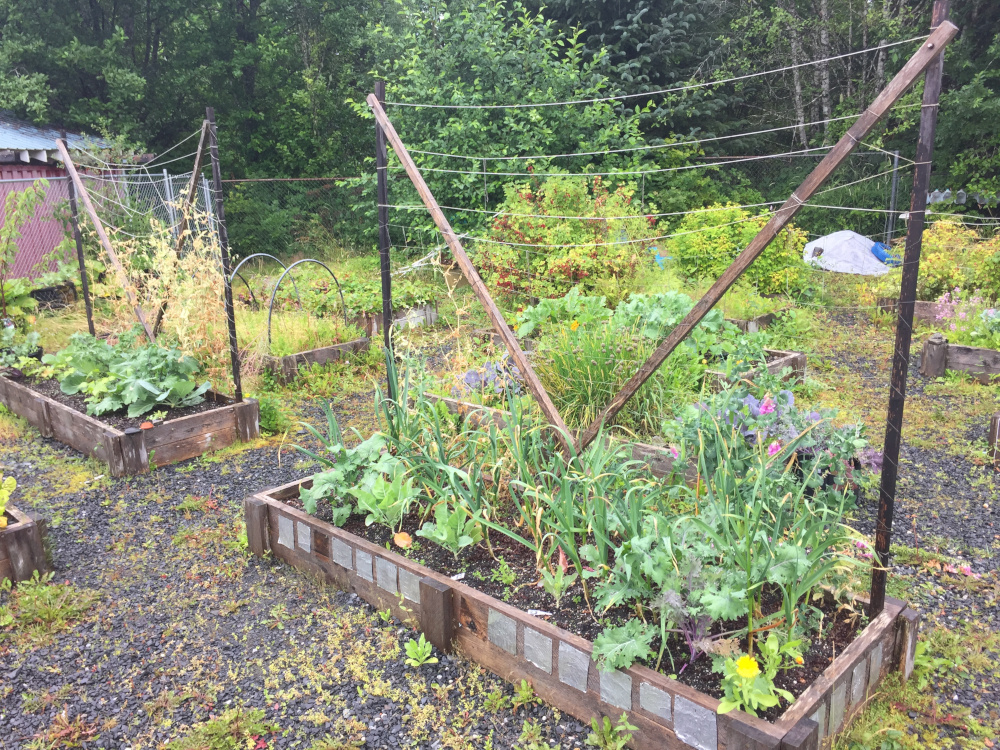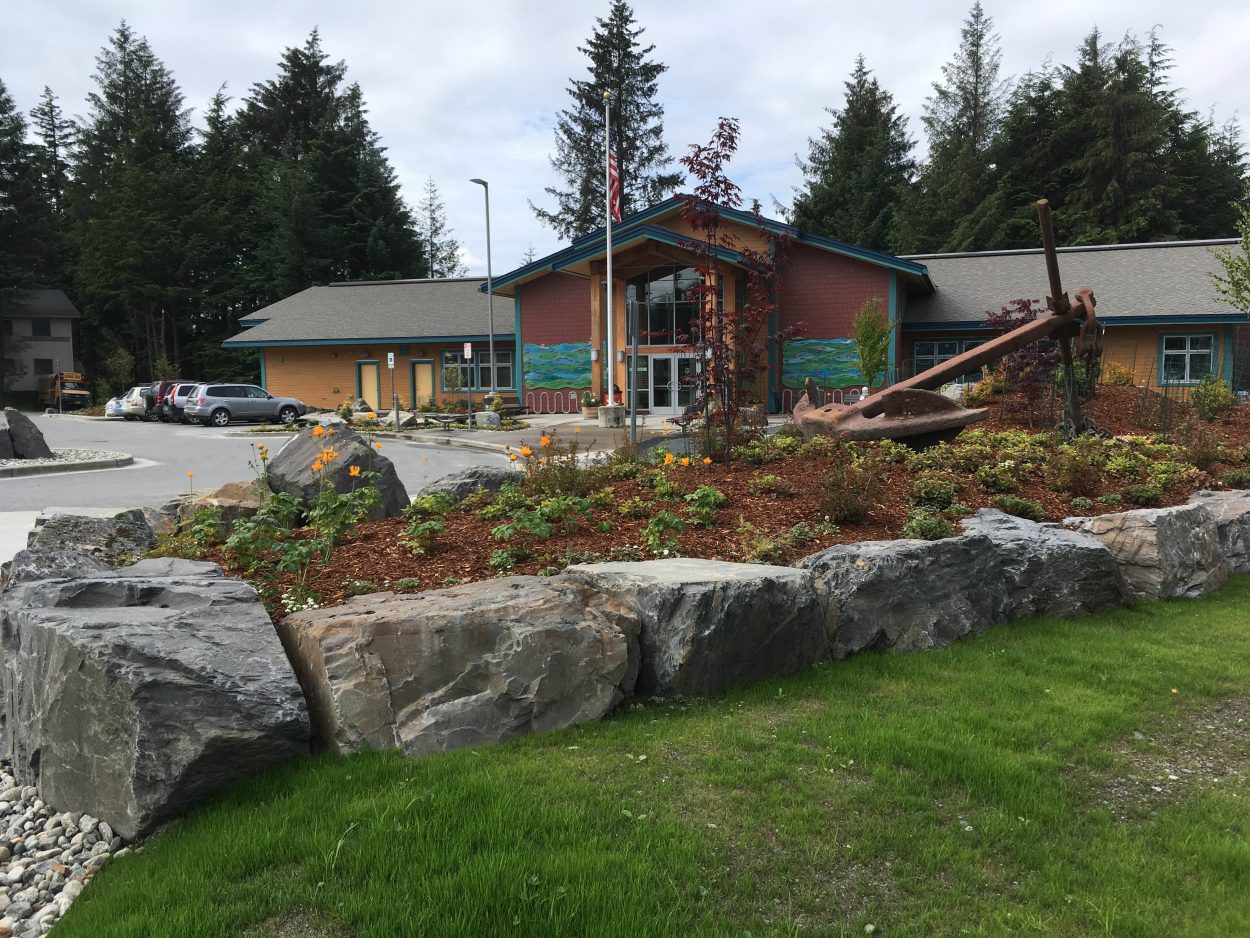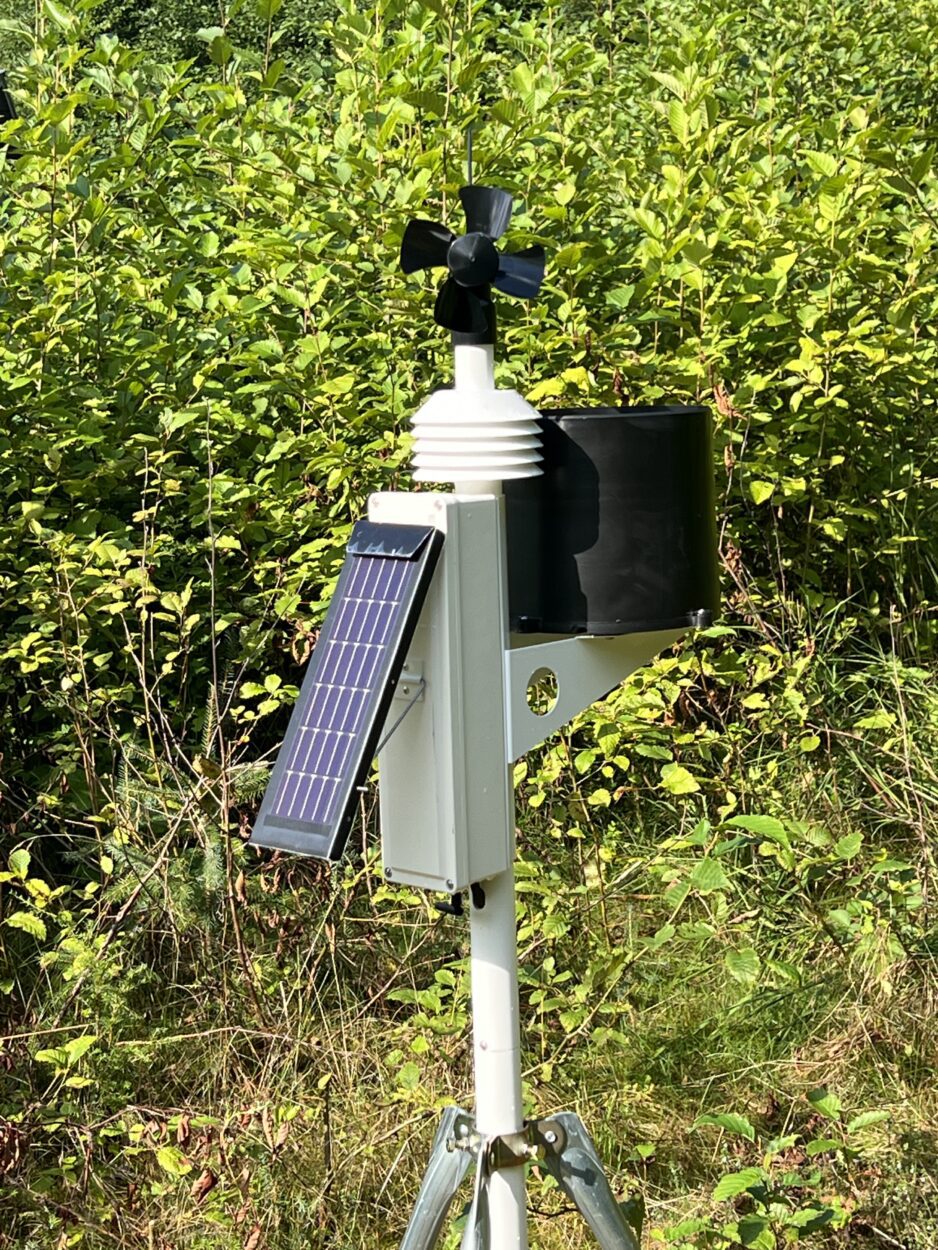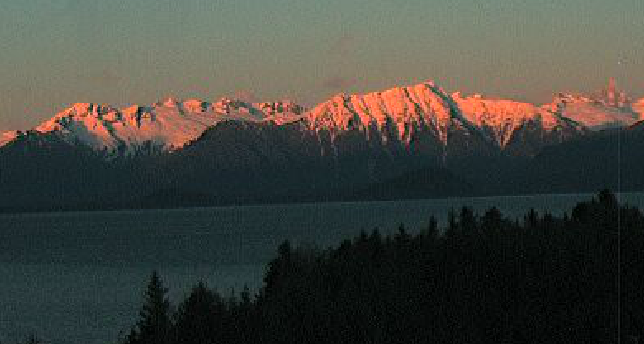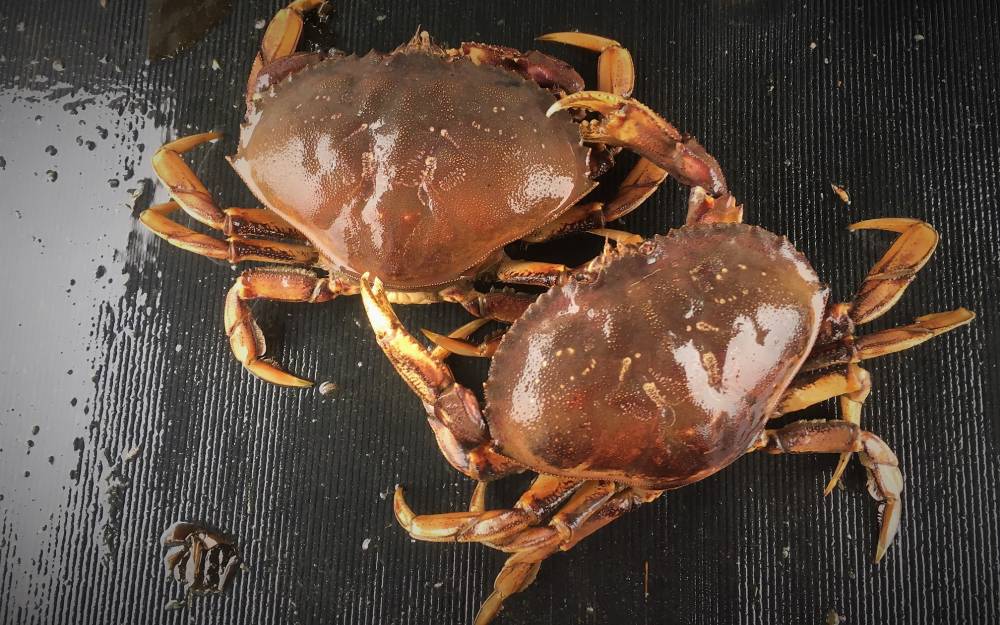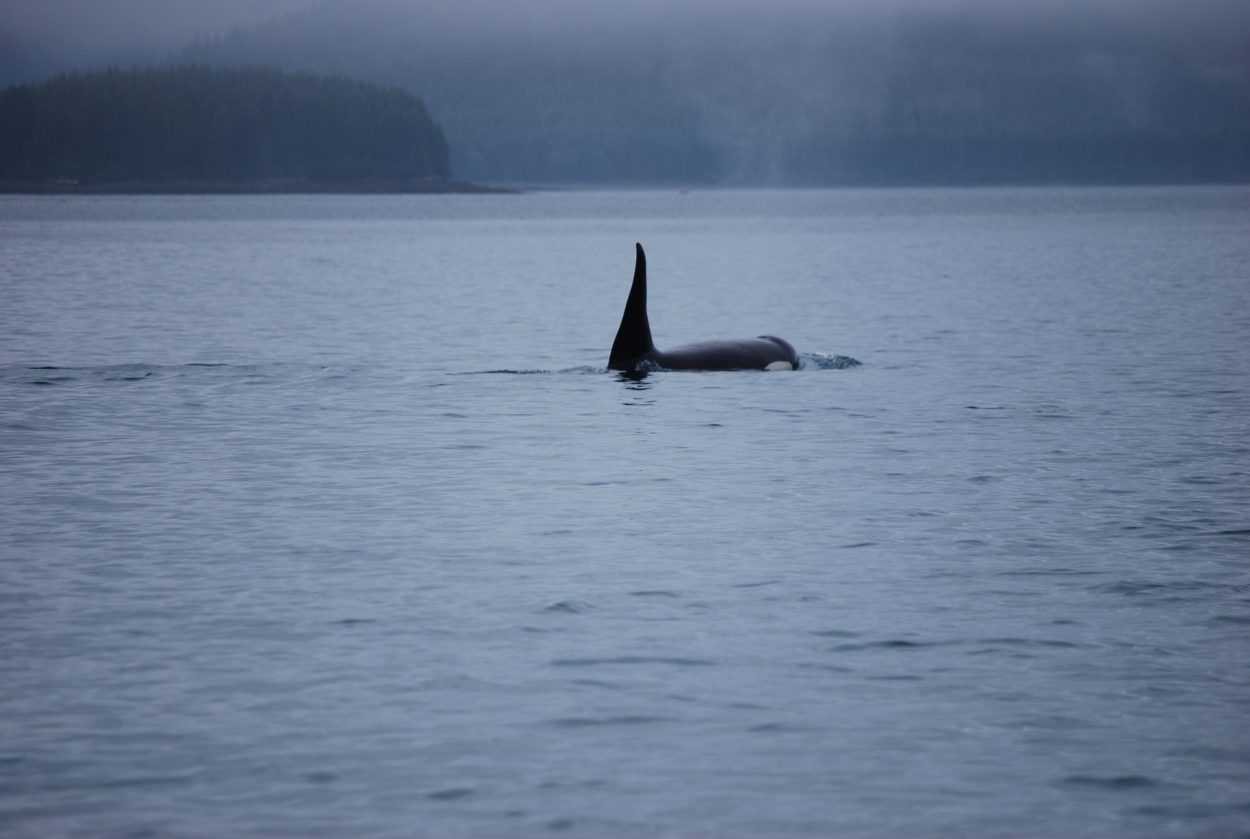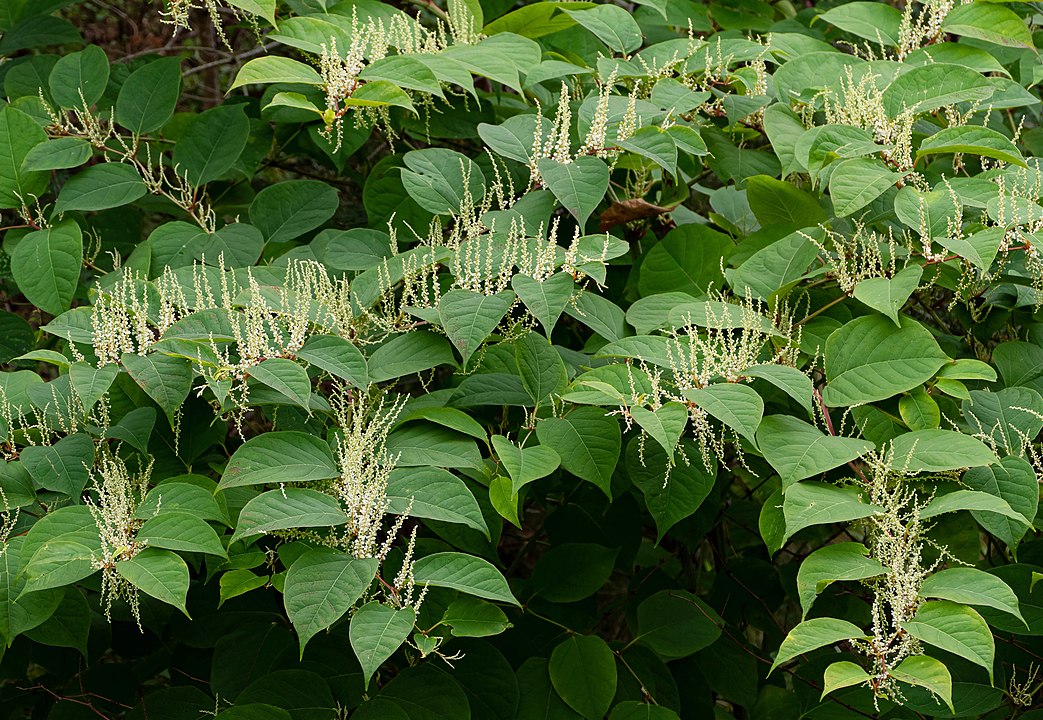
The U.S. Forest Service is updating its management plan for fighting invasive plants on 3.7 million acres in Southeast Alaska. The draft plan is nearing the end of its public review process and the federal agency hopes to have it ready for the spring season. KFSK’s Angela Denning reports:
National forests often deal with hundreds if not thousands of different invasive plant species that compete with the indigenous landscape. But it’s different on the rain forest in Southeast Alaska.
“We’re really lucky compared to the rest of the United States,” said Carey Case with the U.S. Forest Service in Petersburg. “We’re in a much different position here, which is really great to make some headway.”
Case says most of the forest’s nearly 17 million acres remains indigenous. She is the project leader for updating the agency’s 2013 invasive management plan for the Petersburg and Wrangell Ranger Districts. 89 invasive plant species have been identified there but only a handful are considered a real threat for ecological reasons, namely knotweed, hawkweed, and reed canary grass.
The new Forest Service plan would allow workers more options like expanding how herbicides can be sprayed.
“They’re not big changes, necessarily,” said Joni Johnson, a botanist with the Petersburg Ranger District. “They’re the same chemicals but it provides more tools.”
The proposal would eliminate annual treatment limits and allow treatments below the high water mark or on plants rooted in the water.
Take reed canary grass, for example. It’s found in many places on the national forest but botanists are mainly concerned about controlling it along riparian areas or the banks of water ways like the Stikine River.
“It can basically form these dense thickets and it can out compete native plants; nothing else will grow there,” Johnson said.
The root bed of reed canary grass can even change the physical processes in certain areas.
“You don’t see erosion occurring where you would normally see erosion occurring so it changes the meandering of the stream,” said Johnson.
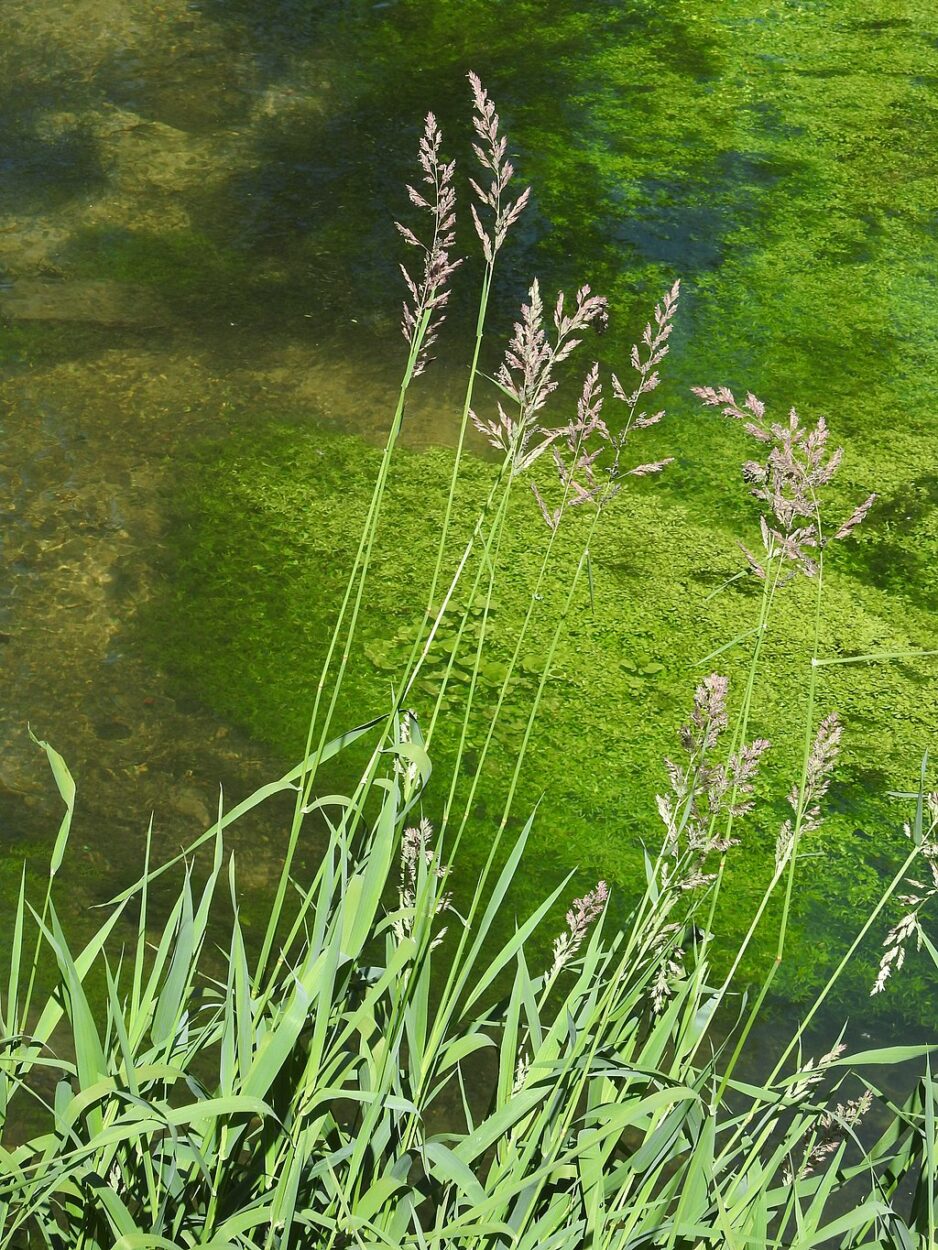
The Forest Service uses herbicides to combat the grass, which Johnson says is 60-80 percent effective. Spraying happens by hand, with a worker wearing a backpack of the chemicals and holding a wand. However, the management plan from 2013 only allows for spot spraying a part of one plant at a time. The proposed update would allow workers to continuously spray multiple plants in some situations.
“Instead of just spraying and stopping and spraying and stopping in small areas, you can, if you have continuous coverage you can keep applying,” Case said, “which we weren’t able to do before and there are places where it’s much more effective for us to be able to have that option.”
Every treatment must be planned out because it can’t be done in the rain, which, in a rain forest, is rare. Johnson says she can sometimes count on her hands the number of opportunities she has to use herbicides in a year.
Still, some environmental groups and several individuals have opposed the use of herbicides because of health concerns for native plants and animals, as well as humans.
The season for invasive plant field work runs from late May to early October depending on the species.
Knotweed is another invasive plant of great concern. It looks like a nice hedge bush with lots of green leaves and bamboo-like stalks. It’s growing in multiple places in Petersburg and other Southeast towns. But it out-competes almost everything, even the hardy salmon berry bush, because of its aggressive rhizome root system. Johnson says it’s very, very hard to kill.
“You don’t want to dig it up because it just stimulates growth,” she said. “it’s a bugger.”
Instead, you can suppress knotweed with herbicides and smothering it with tarps. Because it grows mostly in urban areas, the Forest Service’s new plan would allow working on non-forestry lands with other partners like tribal groups.
The federal plan won’t be finalized until at least mid-May after public objection and response periods have ended.
If you have questions about invasive plants in your area, call your nearest Forest Service office.
Alaska has a database of invasive plants known as (AKEPIC) Alaska Exotic Plants Information Clearinghouse.

